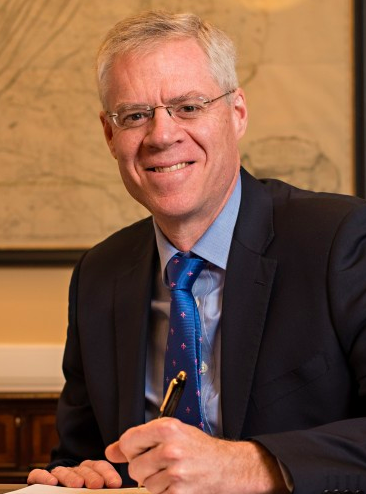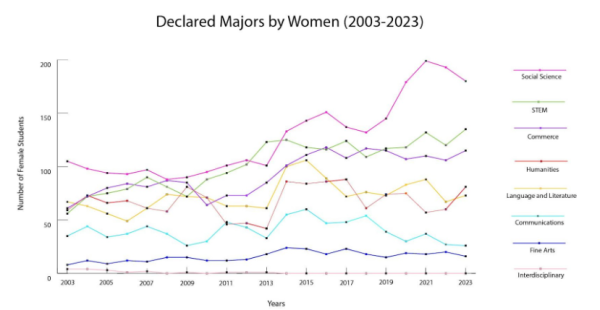Justice Ginsburg discusses role in advancing women’s rights
Ginsburg reflects on career and influence in changing VMI’s all-male admissions policy in speech on Wednesday
February 8, 2017
Supreme Court Justice Ruth Bader Ginsburg discussed her experience as a woman both in school and throughout her career with a full crowd at the Virginia Military Institute (VMI) on Wednesday.
It was Ginsburg’s first visit to VMI even though she was influential in persuading other justices to side with her and change the military institute’s all-male admissions policy in the case, United States v. Virginia, in 1996.
Justice Antonin Scalia, whom she said she remembers fondly as a dear friend, was the sole dissenter in this case. Ginsburg said she remembers being touched that he brought her a draft of his dissenting opinion so that she could improve upon her own before making it official.
Her visit came on the 20-year anniversary of the Supreme Court case that allowed women to be admitted to VMI.
Ginsburg’s authorized biographers moderated the interview for the audience of VMI Corps members and Washington and Lee law and undergraduate students. During the interview, she was open about her personal struggles with gender discrimination.
Ginsburg said she remembers a conversation with her parents regarding their decision to let her attend Cornell University where she could, in the very least, find a husband.
“If you can’t find your man at Cornell [where the ratio is extremely male-heavy], you can’t find him anywhere,” she recalled her parents telling her.
She said her parents were equally hesitant in allowing her to attend law school. They told her that once she was married, it would be acceptable for her to pursue a career of her own since she would then have her husband’s income as safety net of sorts.
Ginsburg said she was too excited to study law to be concerned by her parents’ reasons for allowing it.
“I had gotten the idea that law was a pretty nifty profession: you could work for a living, but you could also do something to make your society a little better,” she said about the decision.
Having given birth to her first daughter before entering law school, Ginsburg said she faced the unique challenge of balancing her schoolwork with taking care of her infant at home.
There were also the tensions surrounding being a woman at Harvard Law School – she was one of nine women in her class of 500. Ginsburg said she felt like she was on display and feared that if she failed, she would be failing on behalf of all women.
The Dean of the Harvard Law school once invited Ginsburg and her eight female classmates to dinner at his home.
“Please explain to me what you are doing taking the seat of a man who could be in this law class,” she remembers him telling her and the other female law students.
Ginsburg said he asked to prepare them to answer this question when people who genuinely opposed their admittance asked it of them. The dean himself was largely in favor of admitting women into the law school.
As one of her biographers at the interview said, Ginsburg will always be remembered for her great empathy and willingness to fight for the rights of women and minorities.
“[Her compassionate writing was] never divorced from the human experience,” one biographer said.
Before being appointed to the Supreme Court, Ginsburg taught at Columbia Law School, worked as a fellow at the Center for Advanced Study in the Behavioral Sciences at Stanford University and served as general counsel for the American Civil Liberties Union, where she pioneered the Women’s Rights Project.
She was a judge on the United States Court of Appeals for the District of Columbia before taking her seat on the Supreme Court in 1993 under President Bill Clinton.












